The Ministry of Health is seeking comments on a draft proposal for a preferential allowance regime for medical staff. The total estimated cost to implement this policy is about 357 billion VND per month.
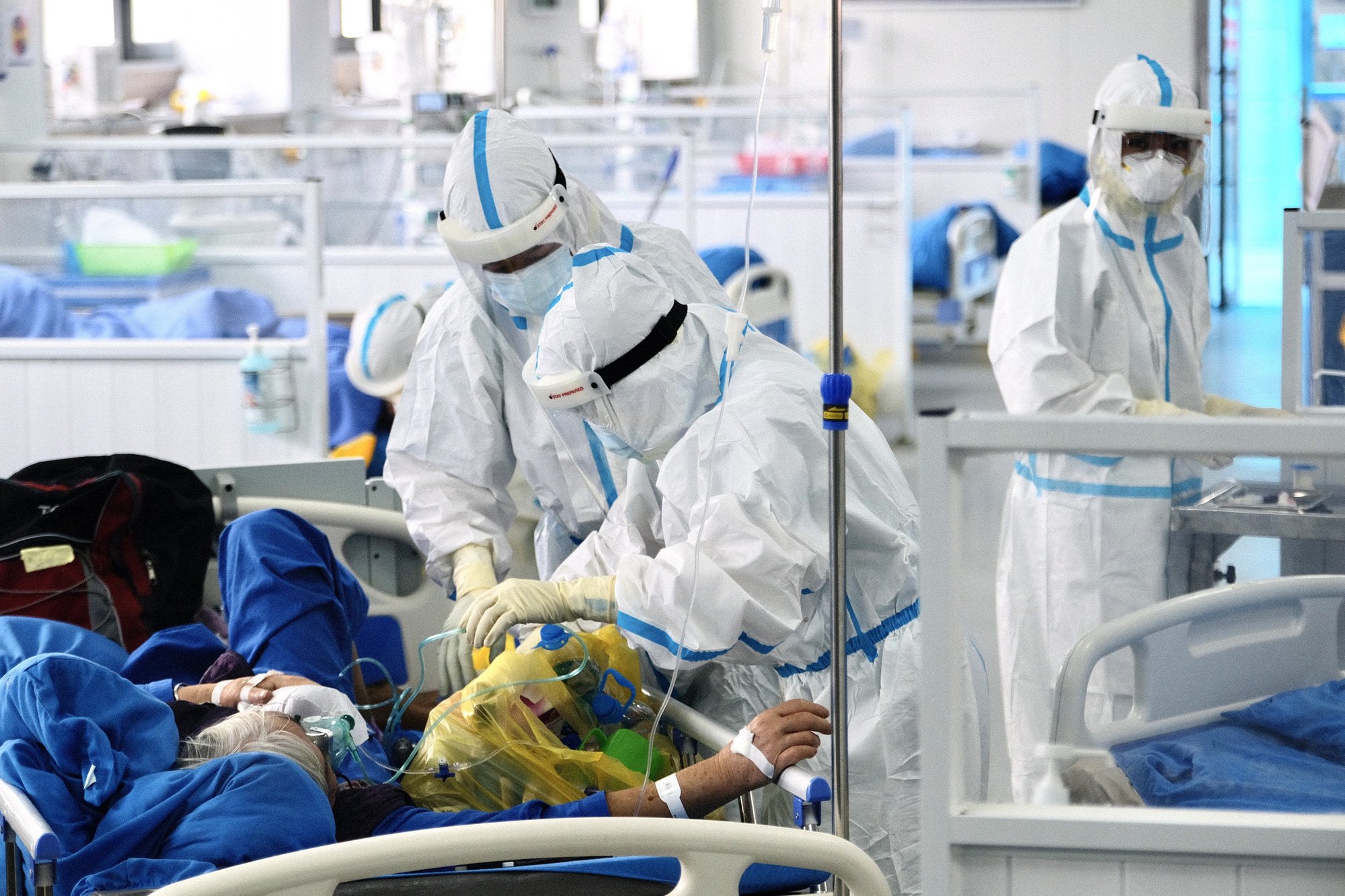
Hospital treating COVID-19 patients in Hanoi - Photo: NAM TRAN
According to the Ministry of Health , Decree No. 56/2011, after 13 years of application, has shown many shortcomings and is no longer suitable for the current context. Changes in disease patterns, the emergence of new epidemics and the increase in non-communicable diseases have posed many challenges, especially for preventive medicine.
To overcome these shortcomings, the Ministry of Health has drafted a new decree aiming to attract and maintain a highly qualified medical workforce and motivate employees to stay long-term.
The new draft includes employees under contracts working in public service units (according to Decree 111/2022/ND-CP), creating more fairness for contract employees. Previously, the preferential allowance regime was mainly applied to civil servants and public employees.
There have also been many changes to the occupational allowance regime for medical staff. Compared to the old regulations, many medical staff are proposed to have their occupational allowances increased, being included in groups with allowances of 70%; 60%; 50%; 40% and 30%. According to the new proposal, the current 20% rate will no longer apply.
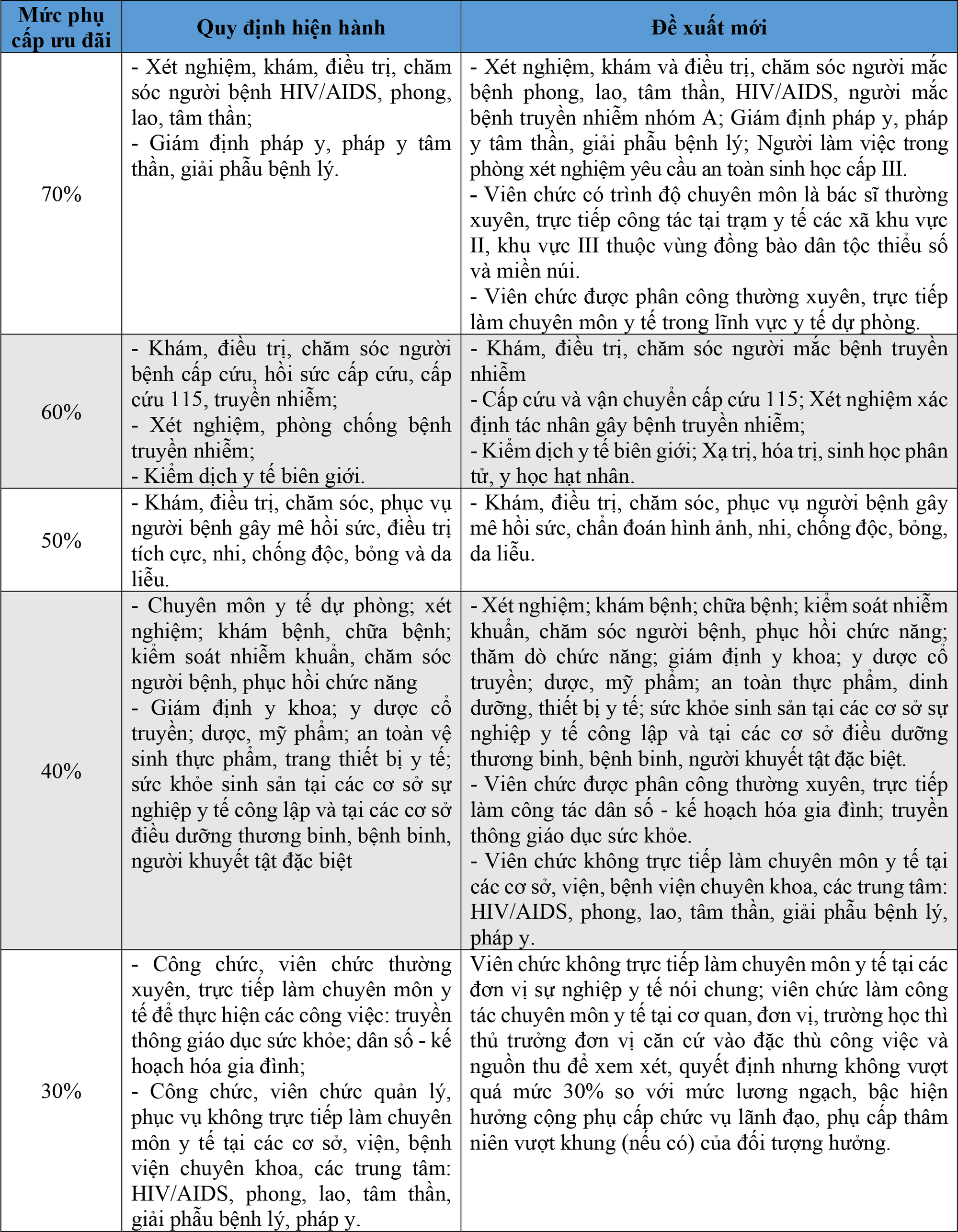
The Ministry of Health proposes a preferential allowance regime for medical staff - Photo: Compiled by D.LIEU
According to statistics from the Ministry of Health, the number of people receiving preferential allowances according to their profession nationwide is 157,743 people (enjoying levels from 20-70%), of which the largest number is at the commune health station level with more than 59,000 people, the district health center level is more than 38,000 people and the central level is more than 31,000 people.
The total budget to implement this policy is estimated at 357 billion VND/month. Current salary and position allowances are nearly 714 billion VND/month.
The expected source of payment is first from the price of medical examination and treatment services, which are structured as costs for paying preferential occupational allowances.
Second, from the budget for implementing the allowance regime prescribed from state budget sources assigned to the unit according to the current state budget decentralization; the unit's retained career revenue; other legal revenue sources of the unit (if any).
This draft is expected to address the shortage of qualified medical staff at the grassroots level, improve the quality of medical services, especially at the grassroots level and in preventive medicine.
At the same time, applying reasonable preferential allowances will help reduce the number of medical staff quitting their jobs, ensuring the sustainable development of the public health system.
Source: https://tuoitre.vn/bo-y-te-du-chi-357-ti-dong-thang-khi-tang-phu-cap-uu-dai-nghe-ai-duoc-huong-20241206122331144.htm


![[Photo] Editor-in-Chief of Nhan Dan Newspaper Le Quoc Minh received the working delegation of Pasaxon Newspaper](https://vphoto.vietnam.vn/thumb/1200x675/vietnam/resource/IMAGE/2025/9/23/da79369d8d2849318c3fe8e792f4ce16)



![[Photo] Prime Minister Pham Minh Chinh chairs the 14th meeting of the Steering Committee on IUU](https://vphoto.vietnam.vn/thumb/1200x675/vietnam/resource/IMAGE/2025/9/23/a5244e94b6dd49b3b52bbb92201c6986)













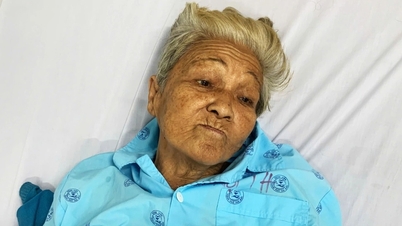
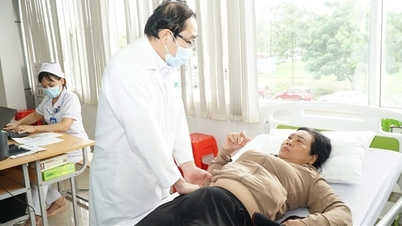

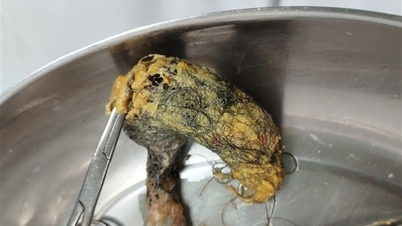








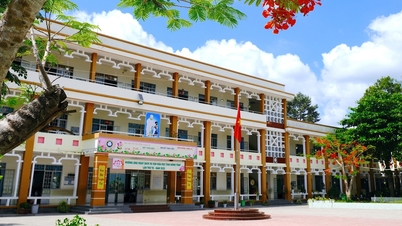



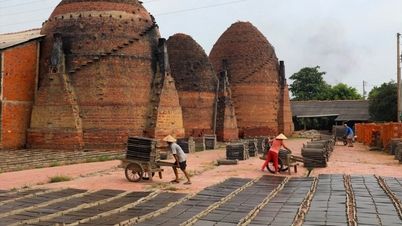






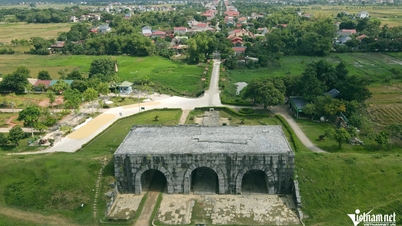






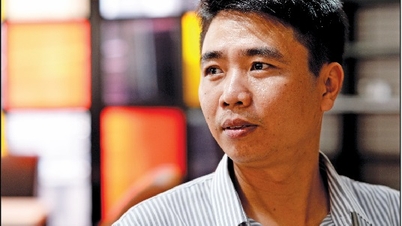
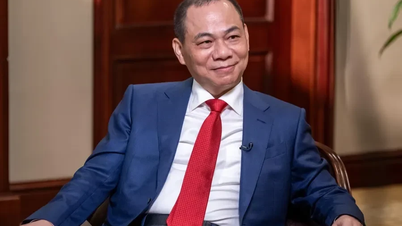















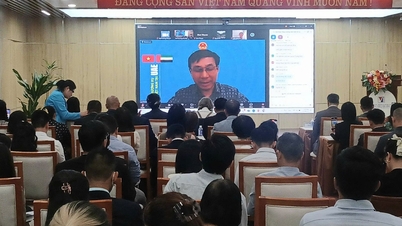



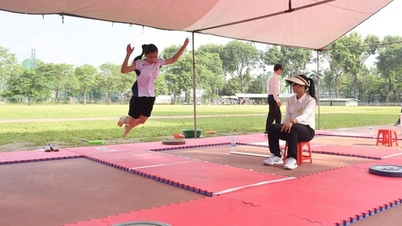



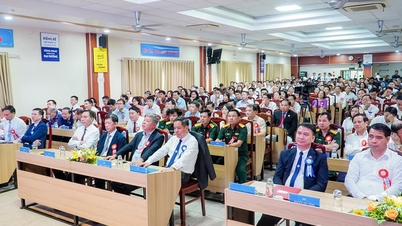







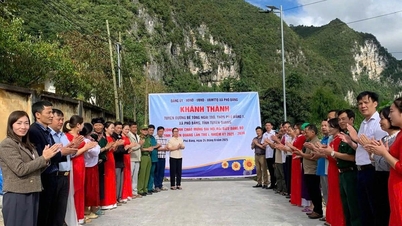









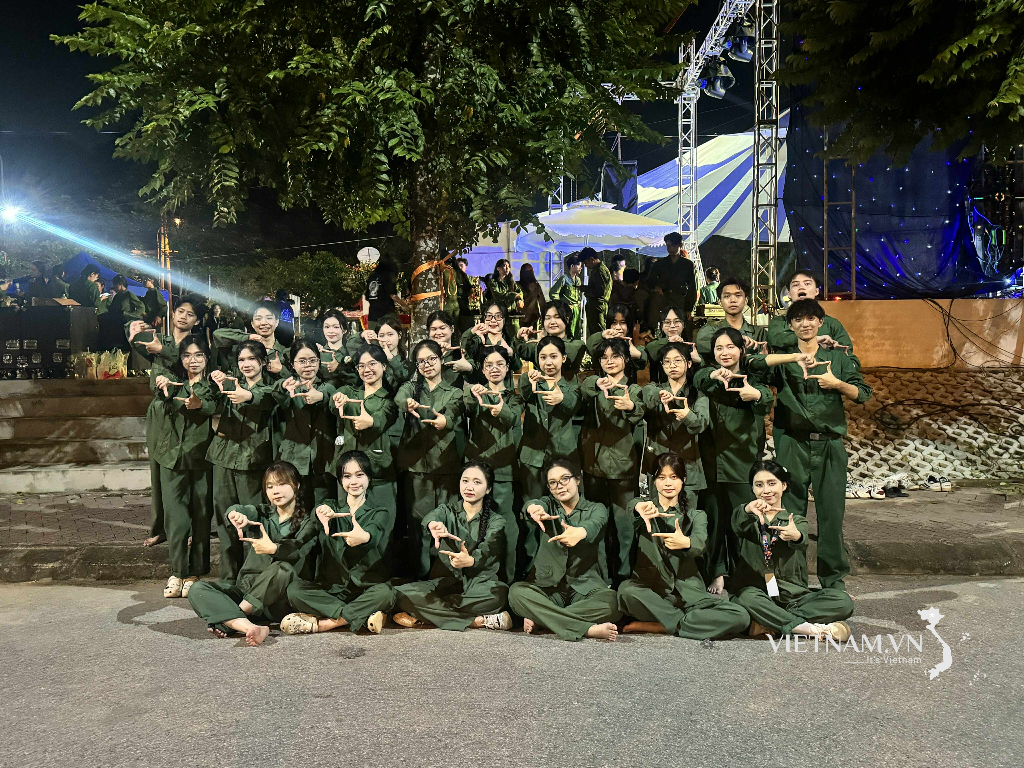



Comment (0)